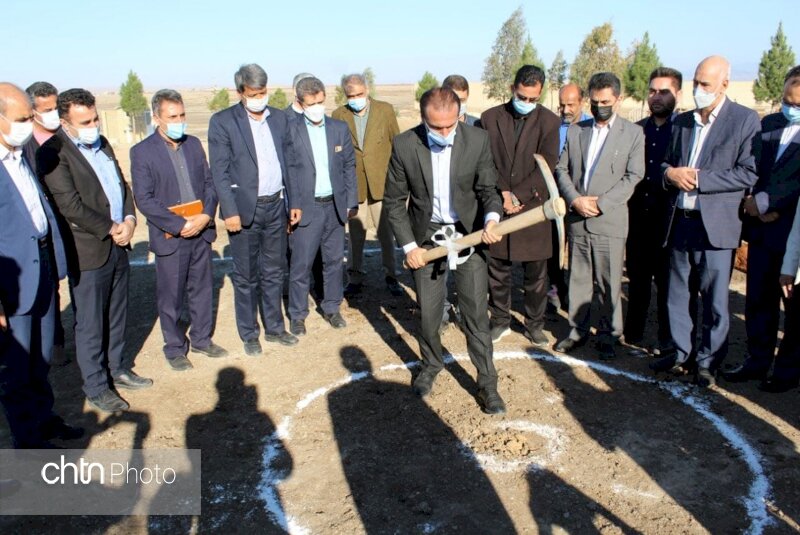Ground broken for tourism complex near UNESCO-registered tower

TEHRAN – Construction of a recreational and hospitality center officially began on Sunday in a ceremony held in Gonbad-e Kavus, which is home to a UNESCO-registered tower of the same name in northern Iran.
A total investment value of 70 billion rials (about $1.7 million at the official exchange rate of 42,000 rials per dollar) has been channeled through the project, CHTN quoted Ahmad Tajari as saying.
Covering an area of three hectares, the complex will include accommodation suites and a horse-riding complex with equestrian tracks, the official added.
The center is expected to generate 20 job opportunities upon its completion, he noted.
Thanks to the province’s good capacities, the development of tourism in various sectors, such as agritourism and sports tourism, can make it a destination for both domestic and foreign tourists, he mentioned.
The construction of accommodation and hospitality units can greatly benefit the stay of tourists in Golestan in addition to increasing income and employment in the province, he explained.
He also noted that the possible registration of Turkmen horses as part of UNESCO’s Intangible Cultural Heritage could help develop sports tourism as well as horse breeding as a tourism attraction.
Earlier this month the official announced that Iran and Turkmenistan will jointly put forward the Turkmen horses and their safeguarding practices as a candidate for inclusion in UNESCO’S list for Intangible Cultural Heritage.
The Turkmen horse is noted for endurance, bravery, smartness, and slender body. Many locals believe that breeding such horses is one of the toughest jobs in the world.
Such animals are dominantly found in the pasturelands of Turkmen Sahra, a region sandwiched between Iran and Turkmenistan.
Located in the lush green Golestan province, Gonbad-e Kavus is home to many historical sites and monuments including the UNESCO-registered Gonbad-e Qabus, which is a one-millennium-old brick tower known as an exemplar and innovative design of the early-Islamic-era architecture.
Experts believe the majestic tower has influenced various subsequent designers of tomb towers and other cylindrical commemorative structures both in the region and beyond. According to UNESCO, Gonbad-e Qabus bears testimony to the cultural exchange between Central Asian nomads and the ancient civilization of Iran.
ABU/AFM
